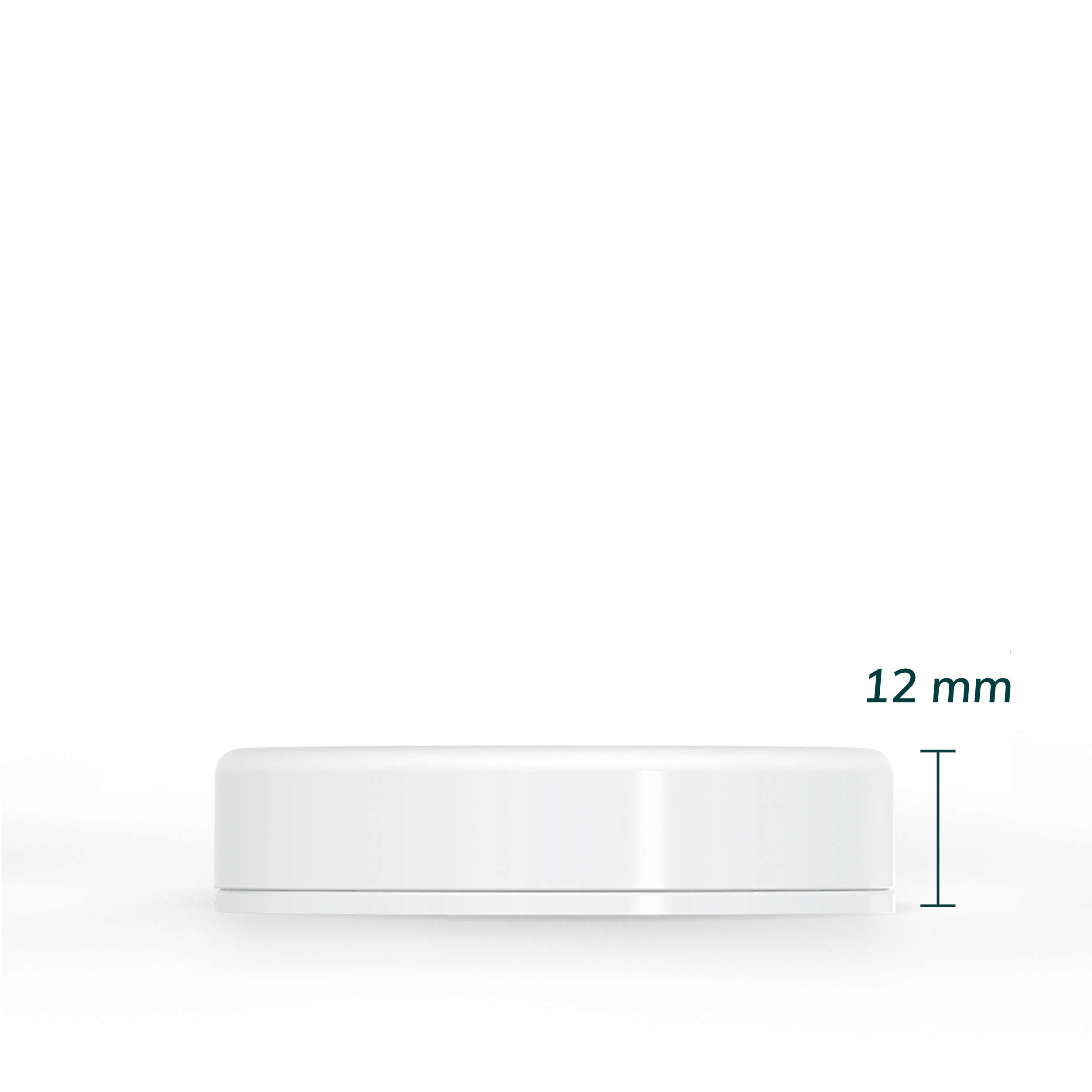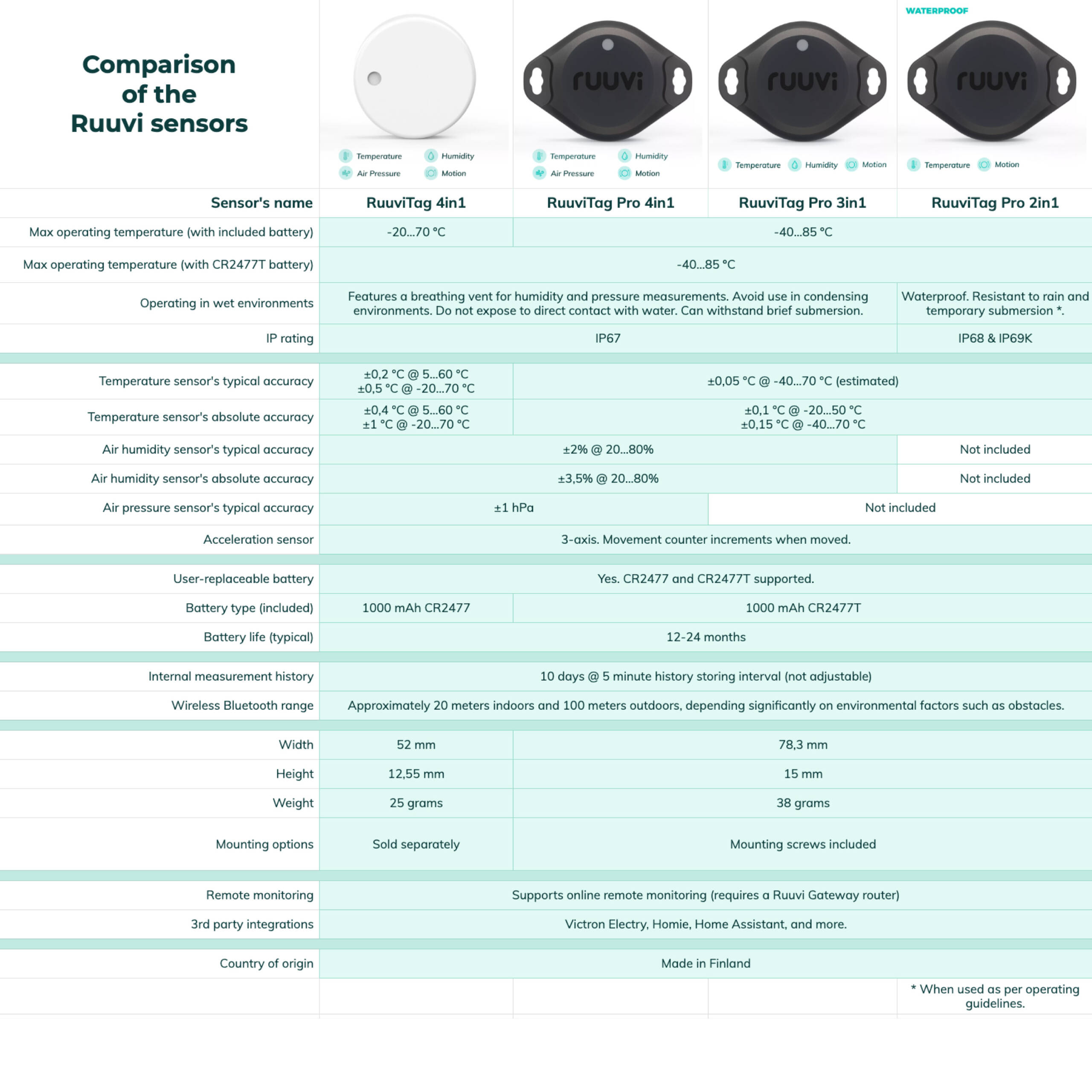Growing plants and vegetables on your own is fascinating and very rewarding. Having the opportunity to see the miracle of a plant growing each day is something that you will not want to miss. It also gives you the opportunity to experience the satisfaction of eating fresh produce that you have grown by yourself. Even though the harvest is not as big as on a commercial farm, the process will bring you closer to nature.
Achieving all this requires a suitable place for your plants to grow. The best place for this would be a greenhouse, especially a DIY greenhouse.
Starting this kind of a plant-growing journey from scratch might seem intimidating. But don’t worry! We are here to help you with your very own greenhouse. We will be aiding you in the very most important part of this whole process: keeping your plants in the perfect environment.
To gain a satisfying yield from your growing efforts, you will need three core aspects to be optimal: temperature, humidity and soil. In this article we will be focusing on the role of humidity:
- Why does humidity matter?
- How to monitor it?
- How can you control it?
If you are wondering about the ideal temperature, head straight to our blog article. But let’s head straight into discussing the importance of humidity in a greenhouse!

Joshua Lanzarini.
Why does humidity inside a greenhouse matter?
Plants are used to growing outside. Hence, they need similar conditions to thrive inside a greenhouse. It can actually be easier for plants to grow inside a greenhouse than it is outside, as the environment is more stable and controlled.
For a greenhouse, the optimal level of relative humidity should be 40-80 %. For more detailed analysis, check Here. With this rather wide range, the most effective way to ensure your plants’ well-being is by keeping an eye on them. If there are any unfavourable signs on the plants, such as yellow or unstructured leaves, you must change the humidity level. Once you find the optimal level for your plants, it will be easier to monitor them with a sensor.
Main problems
Plants use photosynthesis to function. This means that they absorb carbon dioxide and water to produce oxygen and sugars. When the relative humidity is too low, plants will evaporate more of its water into the air. If a plant loses too much water, the photosynthesis will stop. This will also stop the plant from growing.
As important as sweat is for our cooling, evaporation does the same for plants. During sunny days, the temperature of the plant will become hotter. If dry air has caused the plant to dry out, it will not be able to cool down properly. This will harm it.
Having a high enough humidity level is vital for plants, therefore you cannot overlook the process of humidifying! Estimating the relative humidity by observation only is impossible. Keep on reading to find out a way that will help you out tremendously!
Having too high a level of humidity predisposes plants to fungal and bacterial infections. If the relative humidity is at 100%, steam in the air inside the greenhouse will condense to water on the surfaces. Once the droplets fall on leaves, harmful fungal spores and bacteria naturally present in the environment will have the perfect conditions to thrive and infect your plants. Fungal spores and bacteria can also easily spread from plant to plant through air or droplets of water, so it is important to keep the relative humidity level under control!
Some of the symptoms of fungal and bacterial infections on plants are:
- Black or brown spots and streaks on leaves
- Leaves and stems becoming soft and soggy
- Fruits and vegetables rotting before they are ripe
In contrast, some of the signs of air that is too dry are:
- Leaves turning yellow and brown
- Flowers that are not as bright and large as they should be
- Leaves falling off prematurely
Monitoring humidity with a greenhouse humidity control system
It is common to have dry homes especially in colder climates. Heating and air conditioning dry out our homes. If you are interested in how humidity affects you, take a look Here to learn more.
Keeping a microclimate inside a greenhouse is much simpler than turning your entire house into a tropical paradise. This is why you need a sealed greenhouse with smart monitoring to help you out!
How to monitor a greenhouse?
Let’s tackle the second question. Receiving real-time data has never been easier. Thanks to the rapid development of technology, we receive affordable, convenient and accurate information whenever and wherever we need it.
What is a Ruuvitag?
By far, the most convenient device for environmental monitoring is the RuuviTag sensor. Being as small as a regular watch, you can fit it almost anywhere. Ruuvi has a mobile app, which lets you keep track of your greenhouse environment with your mobile device.
The app provides real-time data and sends you notifications if the conditions are not optimal. It tracks the vital factors of your greenhouse: humidity and temperature. With this device you will receive both a greenhouse thermometer and a humidity meter in one small package!

In addition, it also measures air pressure and movement, which are handy for other projects!
It is common to place a greenhouse in the garden. This is not a problem for Ruuvitag. It has one of the strongest bluetooth connections that you will ever find on the market. Check out this RuuviTag Eddystone Range Test for proof!
How humid should a greenhouse be for tomatoes?
Tomatoes are very commonly grown inside greenhouses. If you want to give growing tomatoes a try, you should aim at a humidity level of 65 – 75% during the night and 80 – 90% during the day. You can place a single, or even multiple Ruuvitag sensors to monitor the humidity during the day and to alert you if the humidity rises or falls outside the optimal limits. This allows you to tackle the problem right away before it has a chance to affect your yield.
At night, you do not want to wake up to humidify your greenhouse. As the Ruuvitag saves data for a selected time period, you can examine exact humidity levels that occured at night. With the help of easy-to-read statistics you can alter your greenhouse to maintain a proper humidity level during nights.
Next, we are going to look at ways to change humidity levels in your greenhouse.

How to maintain humidity in a greenhouse?
Now that we have discussed why and how you should monitor your greenhouse’s humidity levels, we can look at ways to conveniently change them. We will start with ways to add moisture and then we will move on to the ways to reduce it.
How to increase humidity in a greenhouse?
- The easiest way to increase humidity is misting. An old bottle of kitchen spray or a dedicated bottle for misting works wonders. It cools the leaves almost instantly and also increases the humidity significantly.
- You may want to buy an air humidifier if you want to have a more care-free approach. They come in all shapes and sizes, so you can find a perfect fit to match your greenhouse. Foggers could also be considered.
- Plant your seedlings closely together. This way you can achieve a forest-like system, where the water is trapped in between the plants. Keep in mind not to plant them too closely together though, to give them space to absorb light and to grow!
How to decrease humidity in a greenhouse?
- The easiest way to reduce humidity in a greenhouse is by ventilating it. You may open the door or a window to let the air do the work. As the air humidity level starts to drop, you can use the Ruuvitag to find the perfect time to seal the greenhouse back to its own microclimate.
- If the first option does not work, you could try using a fan. Air movement will dry the greenhouse faster, while through monitoring you can find the perfect humidity level for your plants.
Conclusions
Nothing connects you better with nature than growing your own vegetables, herbs or ornamental plants. With a little bit of effort you will have access to fresh and tasty produce right on your doorstep, or be able to grow tropical plants in a cold climate. By paying attention to maintaining an optimal environment for your plants, you can achieve larger yields, faster.
On one hand, humidity is important as it cools down plants and gives them proper conditions to grow. On the other hand, too much humidity is harmful to your plants and results in infections. In conclusion, you need a smart sensor to help you take the guesswork out of figuring out the ideal environment.
And to finalise, take a look Here to learn about using proper soil.
Buy RuuviTag to a Greenhouse Now
Improve greenhouse yields with RuuviTag
39,90€
Ruuvi is based in Finland. If you’re an EU consumer, VAT is included. If you’re a non-EU customer, you don't pay VAT. If you're an EU business, insert your VAT ID at checkout.
In stock
RuuviTag Sensor (4in1)
| 5 star | 93% | |
| 4 star | 7% | |
| 3 star | 0% | |
| 2 star | 0% | |
| 1 star | 0% |
RuuviTag Sensor (4in1)
| Quantity | Unit Price(€) |
|---|---|
| 1 | 39,90 |
| 2 | 37,40 |
| 3-5 | 36,90 |
| 6-8 | 35,90 |
| 9-12 | 34,90 |
| 13-25 | 33,90 |
| 26-99 | 32,90 |
Are you looking for bigger quantities? Contact us for pricing.
FAQ
What is the ideal humidity for a greenhouse?
For a greenhouse, the optimal level of relative humidity should be 40-80 %. The optimal humidity depends of the needs of the crops grown in the greenhouse
What happens if a greenhouse is too humid?
Having too high a level of humidity predisposes plants to fungal and bacterial infections. If the relative humidity is at 100%, steam in the air inside the greenhouse will condense to water on the surfaces. Once the droplets fall on leaves, harmful fungal spores and bacteria naturally present in the environment will have the perfect conditions to thrive and infect your plants.
How to control humidity in a greenhouse?
First, you need to measure your humidity levels, preferably with smart humidity sensors. Then, if your greenhouse is too dry, you should humidify it with misting it regularly. If your greenhouse is too humid, you should open windows and ventilation to circulate some dry air from outside to inside the greenhouse. Fans can also help to decrease the humidity in a greenhouse.
What should the temperature and humidity be in a greenhouse?
Temperature should be around 18 – 24 °C and relative humidity should be somewhere between 40 – 80%. Most plants thrive in these conditions.
What is a greenhouse humidity control system?
A greenhouse humidity control system is a system designed to monitor and regulate the amount of moisture in the air within a greenhouse. The system typically consists of sensors, controllers, and devices such as fans, humidifiers, and dehumidifiers. Overall, a greenhouse humidity control system is an important tool for maintaining optimal growing conditions within a greenhouse and can help to improve the success of the growing operation.









We mainly measure remotely the temperature (rantasauna, grandchildren ‘s bedroom…). Works like junan vessa.
Easy to use!